What if I told you the secret to a longer, healthier life lies not in what we eat, but in when we don’t? For millions observing Ramadan, fasting from dawn to dusk is a spiritual journey. But science is now revealing that this ancient practise might also be a gateway to longevity.
Take Ahmed, a 45-year-old teacher from Cairo. For years, he battled high blood pressure and fatigue. During Ramadan, something changed. By abstaining from food and drink during daylight hours, he felt a surge of energy and mental clarity. By the month’s end, his blood pressure had normalised. Ahmed’s story isn’t just anecdotal though but it’s backed by science.

Research shows that fasting triggers autophagy, a cellular clean-up process where the body removes damaged components and regenerates healthier ones. This mechanism is linked to reduced risks of diseases like cancer and Alzheimer’s. A 2019 study in The New England Journal of Medicinefound that intermittent fasting, similar to Ramadan, can improve cellular resilience and extend lifespan.

But the benefits don’t stop there. Studies on animal models have shown that Ramadan-like fasting can lead to weight loss, improved liver function, and better metabolic health. In one experiment, obese rats on a fasting regimen saw significant health improvements compared to their non-fasting counterparts. These findings suggest that fasting could actually protect against conditions like non-alcoholic fatty liver disease.

Humans, too, experience tangible benefits. Many who fast during Ramadan report weight loss, improved insulin sensitivity, and better lipid profiles. Beyond the physical, fasting also fosters mental clarity and emotional well-being. Aisha, a 70-year-old grandmother in Jakarta, credits her vitality to decades of Ramadan fasting. She remains active, tending her garden and playing with her grandchildren showing the potential of fasting to slow ageing.

Yet, fasting isn’t just about biology; it’s about humanity. Ramadan brings communities together, with families and friends gathering for iftar, the meal that breaks the fast. This balanced mix of self-control and togetherness makes for a well-rounded way to stay healthy and happy.

As science continues to explore the link between fasting and longevity, Ramadan shows how ancient practises can align with modern health insights. Fasting isn’t just a ritual, but it’s a bridge between science and spirituality, offering a path to a healthier, more connected life. So, the next time you break bread at iftar, remember: you’re not just nourishing your body; you’re nurturing your future.







 Heehs describes two principal approaches to biographyAMG
Heehs describes two principal approaches to biographyAMG








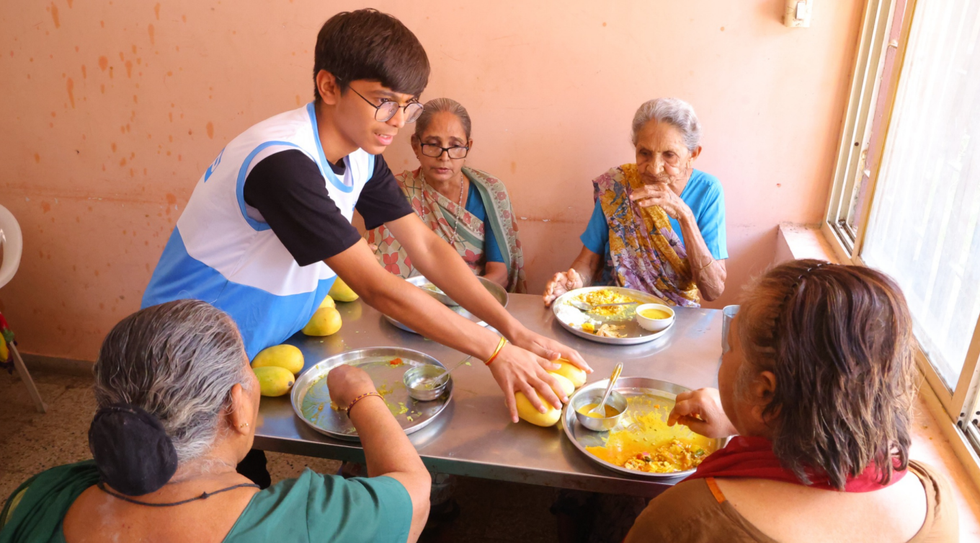 Thousands of mangoes were handed out to individuals from economically weaker backgroundsSGVP
Thousands of mangoes were handed out to individuals from economically weaker backgroundsSGVP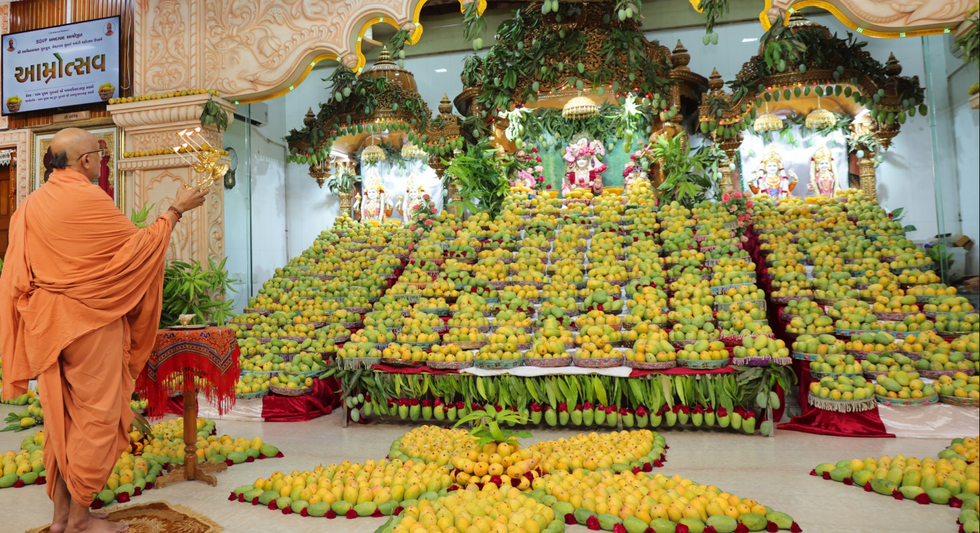 With the support of its spiritual and community leadersSGVP
With the support of its spiritual and community leadersSGVP
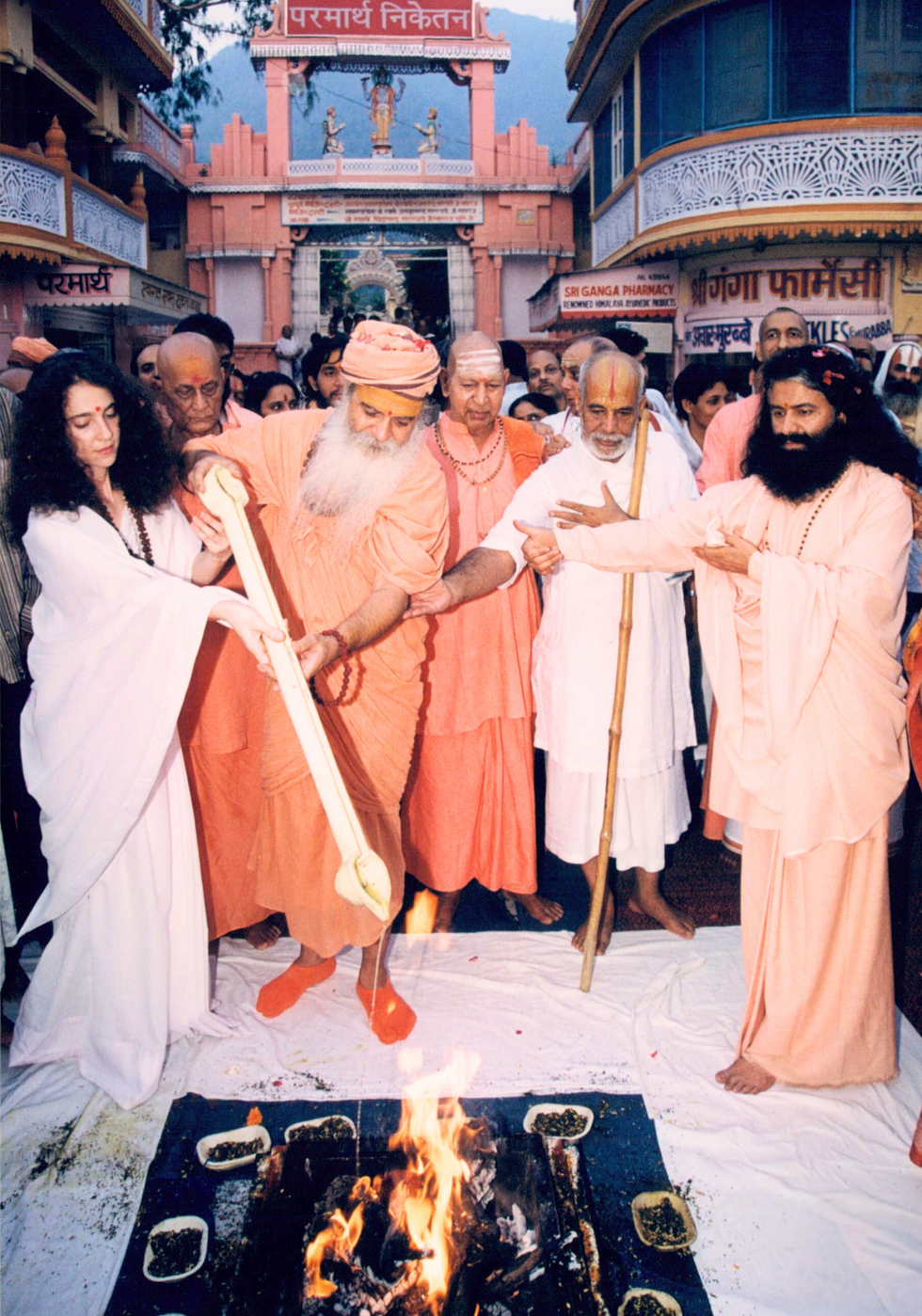 Parmarth Niketan will mark the 25th sanyas anniversary of Pujya Sadhvi Bhagawati SaraswatijiParmarth Niketan
Parmarth Niketan will mark the 25th sanyas anniversary of Pujya Sadhvi Bhagawati SaraswatijiParmarth Niketan
 His captivating delivery and deep spiritual insight resonated strongly with attendeesCrawley Hindu
His captivating delivery and deep spiritual insight resonated strongly with attendeesCrawley Hindu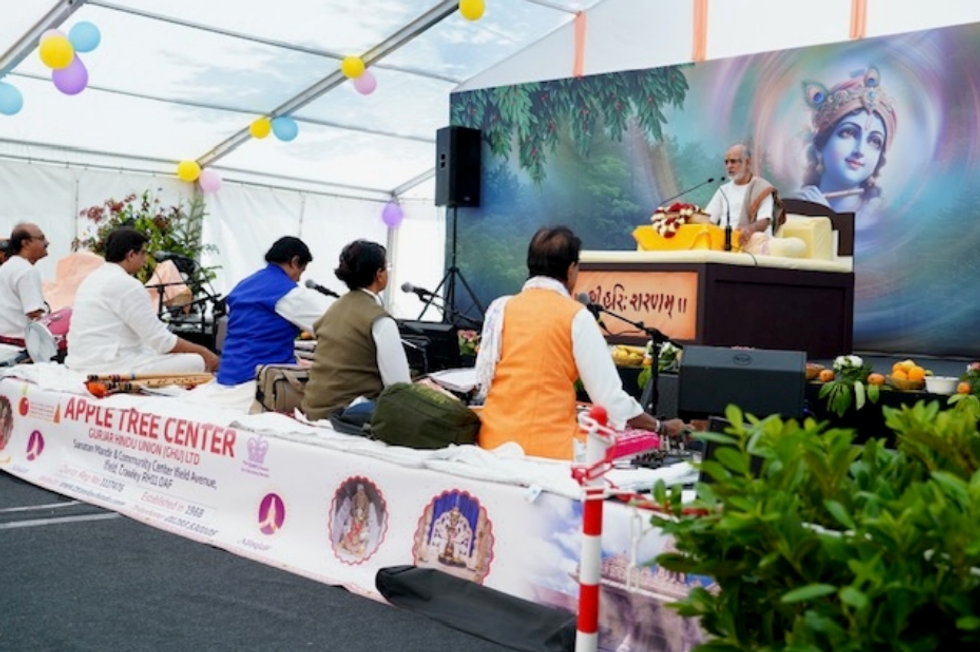 creating an atmosphere of devotion and reflection.Crawley Hindu
creating an atmosphere of devotion and reflection.Crawley Hindu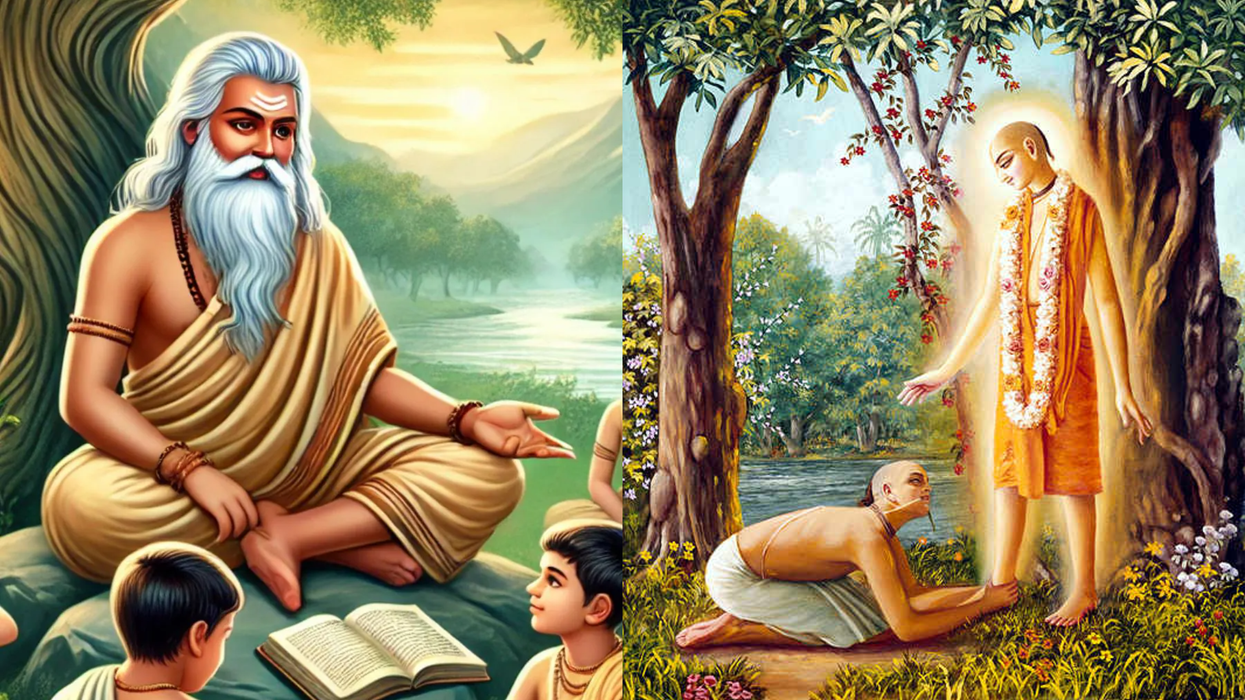
 From ancient sages to modern-day Gurus, their influence on society continues to inspire and transformiStock/Mahabharata
From ancient sages to modern-day Gurus, their influence on society continues to inspire and transformiStock/Mahabharata The relationship between Guru and disciple has been central to the evolution of Hindu philosophy and practiceiStock/Mahabharata
The relationship between Guru and disciple has been central to the evolution of Hindu philosophy and practiceiStock/Mahabharata The reverence for spiritual leaders remains a cornerstone of Hindu culture, transcending time and traditioniStock/Mahabharata
The reverence for spiritual leaders remains a cornerstone of Hindu culture, transcending time and traditioniStock/Mahabharata